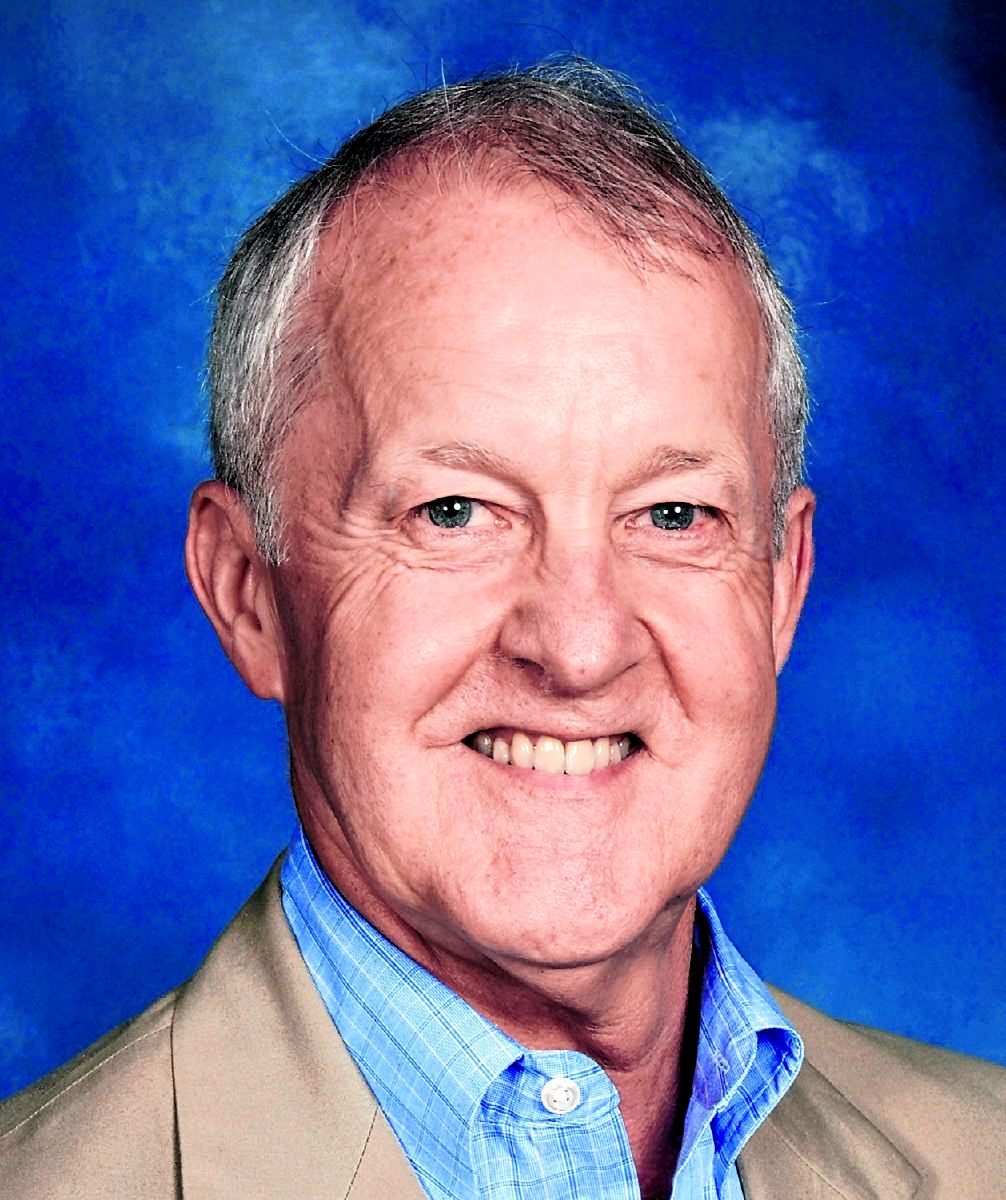I am writing this while looking out over a lake in Southern Colorado.
Becky and I are on our first post-pandemic, long-distance vacation with the kids and grandkids. During this trip I have found myself thinking about forms of transportation — the ways they have changed and the ways they have remained the same.
PLANES. Becky and I along with daughter Amanda flew out of Indianapolis International Airport. I grew up calling it Weir Cook Airport but that was a while ago, and as so often happens, changing times, business decisions and politics have effected changes in my once familiar world. A few news stories gave the impression that airports were crowded, chaotic catastrophes, and flyers should be prepared. That certainly wasn’t our experience.
Only a sparse crowd filled the airport on the Friday morning of our flight. We threaded through the TSA lines in nothing flat, boarded the plane with no glitches whatsoever, and though the aircraft was nearly full, secured seats to our liking. I did notice from airport entrances to exits masks were required. Also, there were no longer in-flight magazines in the pockets of the seats. COVID precautions, probably. Nor was alcohol being served in flight. Then again, no angry passengers on our flight started fights over the mask mandate. That was a good thing. Perhaps these changes will be the future of flying the friendly skies.
AUTOMOBILES. In Denver, we rented a car which, again, the media had scared us into believing might be next to impossible. The other daughter, her husband and our four grandkids had left some days earlier in their just-purchased van (a story in itself). The new Honda Odyssey includes the backup cameras, blinking lights, screens, sounds, digital necessities and all the safety components that are or soon will be standard features. So many changes added to ensure driving motor vehicles continues to be the stereotypical American mode of transportation.
Both the rental car and child-packed van drove south on crowded highways and twisty mountain roads until both parties met up at our base camp in Pagosa Springs. From there, we spoked-out on our planned adventures.
TRAINS. One day the nine of us drove west to ride the Durango to Silverton Narrow Gauge Steam Train. We were late leaving base camp, so I admit both vehicles were speeding to get there. The West’s image is of wide-open highways, but wide-open doesn’t always mean fast. Why does it seem large, slow-moving vehicles are always in front of me when I am in a hurry? Maybe the frustrating traffic was a portent to heed the message of the upcoming railroad trip.
We got there and found our seats in the old wooden coach cars just before the whistle blew to pull out of the Durango station. We chugged out of town and slowly inched our way up and around the mountain heading to Silverton. I soon realized we weren’t going to go much faster. I remembered reading that when the British public learned the newly developed steam engines could go 15 miles an hour, some feared such speeds would render riders unable to breathe or the vibrations would shake them unconscious.
Before we were too far in, I started enjoying the dramatic mountain terrain and rhythmic movement of the train and began to go with the slow flow. It took us about 3 1/2 hours to go 45 miles one way. We all were un-rattled and breathing easy during the entire round trip.
OTHER. On one excursion we traveled on an ancient medium of transportation, water — we went rafting. Of course, on our days together we did lots of walking, the original way to get from place to place. We also were mindful of the future of transportation as we tuned to the coverage of Jeff Bezos’ space flight.
Planes, trains and automobiles plus some other means of travel. This vacation, we ran out of time to go horseback riding or biking. But there’s always next time.




